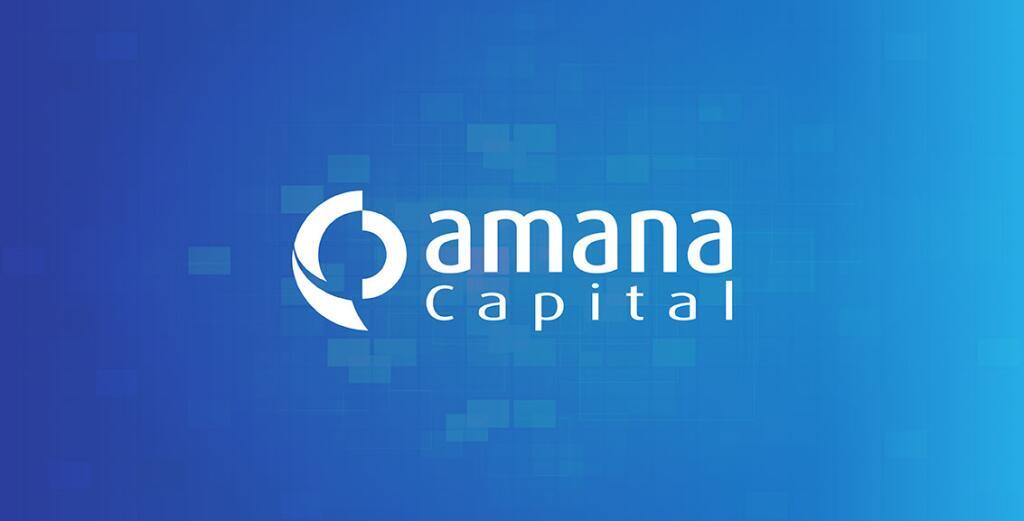
In contrast to a defined contribution plans, for a defined benefit plan, the pension payment to the employee during retirement is set by the sponsoring employer. Typically, the benefit is calculated as a percentage of an employee’s final salary and the number of years they have worked for the company. By setting the eventual post-employment benefit, the employer takes on the investment risk. A pension fund is established to invest the contributions of the employer and, potentially, the employees as well. If there are not enough assets within the pension fund to enable the pension payments during retirement, the company will need to fund the difference.
Financial statements for the three months ended June 30, 2023 – osfi-bsif.gc.ca
Financial statements for the three months ended June 30, 2023.
Posted: Wed, 30 Aug 2023 09:12:45 GMT [source]
The pension received by the employee depends on the investment performance of the pension fund. The employee bears the investment risk since the plan sponsor does not guarantee the amount ultimately paid out as a pension. If the plan’s assets are invested wisely, the employee will benefit from higher pension payments, and vice versa.
IFRIC 14 — IAS 19 – The Limit on a Defined Benefit Asset, Minimum Funding Requirements and their Interaction
This means that income tax will ultimately be paid on withdrawals, but not until retirement age (a minimum of 59½ years old, with required minimum distributions (RMDs) starting at age 73). Amarallo, Inc. operates a 401K plan, which matches employee contributions up to 7% of salary. Here https://online-accounting.net/ is some information on the salaries and personal contributions of two employees. The contribution to be made by Amarallo, Inc. to the pension plan on behalf of the employees is shown below. More ubiquitous in recent decades is the defined-contribution plan, such as a 401(k) plan.
Breaking Barriers: Reimagining How to Attract, Retain Women in … – PLANADVISER
Breaking Barriers: Reimagining How to Attract, Retain Women in ….
Posted: Wed, 06 Sep 2023 17:45:46 GMT [source]
Once you have viewed this piece of content, to ensure you can access the content most relevant to you, please confirm your territory. Similar to pension benefits, companies will accrue an expense for benefits earned by employees in that year and create a liability provision for those benefits that are to be provided in the future. DC plans take pre-tax dollars and allow them to grow capital market investments tax-deferred.
European paper on financial reporting of pensions
Comparing the reported earnings of three organizations (as in comparables valuation) using each approach indicates that the earnings are not comparable without “cleaning up” the pension expense statistics. There are several examples below if anyone wants to learn more about how pension accounting works. The interest expense for the expected benefit obligation is recorded when incurred. Deferred compensation, such as pensions, is a type of deferred compensation. In the United States, the Financial Accounting Standards Board (FASB) oversees the application of generally accepted accounting principles (GAAP) to pension accounting. Click here to extend your session to continue reading our licensed content, if not, you will be automatically logged off.
- IAS 19 (2011) was issued in 2011, supersedes IAS 19 Employee Benefits (1998), and is applicable to annual periods beginning on or after 1 January 2013.
- Whatever the company and employee contribute to the plan is what will be included with growth when the time comes to use it.
- A pension fund is established to invest the contributions of the employer and, potentially, the employees as well.
A defined contribution pension plan is one in which the employer contributes an amount into each eligible employee’s account within an established plan. The employee decides on the investment strategy for the account and the resulting investment earnings, gains, or losses are recorded in his or her account. When the employee retires, the pension or retirement benefit is based upon his or her account balance. Like all things in life, there are pros and cons to consider with defined contribution plans.
Annual improvements — 2006-2008 cycle
He has been a manager and an auditor with Deloitte, a big 4 accountancy firm, and holds a degree from Loughborough University. The actuarial losses / (gains) and experience gains / (losses) are likely to be erratic from period to period, distorting results and necessitating “clean up” for any value estimate. Therefore, when accounting for other employee-related benefits, some may require proper professional and subjective judgment depending on the situation. For example, some companies continue to pay for medical services used by former employees who have retired.
Chartered accountant Michael Brown is the founder and CEO of Double Entry Bookkeeping. He has worked as an accountant and consultant for more than 25 years and has built financial models for all types of industries. He has been the CFO or controller of both small and medium sized companies and has run small businesses of his own.
They match employee retirement contributions 100% on the dollar, up to 6% of pay. In other words, the company’s contribution rate is 6% of the employees’ wages, provided capital expenditure that employees contribute the same amount. When contributions are made to the fund, the employer records it as a reduction in the pension contributions payable.
3 Defined benefit plans
Pension plans generally fall into two types, a defined contribution pension plan or a defined benefit pension plan. The actuarial gains/losses, net of any experience adjustments to plan assets, are allocated immediately into other comprehensive income and subsequently amortized into the income statement/profit and loss account over time in the US. The actuarial loss on the liabilities and the experience gained on plan assets influence the statement of comprehensive income. However, under IFRS, these items do not influence the income statement or profit and loss account. In a defined contribution plan, the amount of contribution (or the contribution rate) by the employer is usually determined at the discretion of the employer, by contractual agreement, or both. Upon retirement and when the participant withdraws from the plan, the amount allocated to the participant’s account represents the participant’s accumulated benefits.

IAS 19 (2011) does not apply to employee benefits within the scope of IFRS 2 Share-based Payment or the reporting by employee benefit plans (see IAS 26 Accounting and Reporting by Retirement Benefit Plans). The only liability facing the company is the set contributions into the pension scheme. As the contribution expense is related to employee compensation, it will be treated as an operating expense and thus deducted in calculating net income in the income statement. These key differences determine which party—the employer or employee—bears the investment risks and affects the cost of administration for each plan.
Based on their specific company demands and the needs of their workers, each employer chooses how to reflect remuneration and service. We are the American Institute of CPAs, the world’s largest member association representing the accounting profession. Today, you’ll find our 431,000+ members in 130 countries and territories, representing many areas of practice, including business and industry, public practice, government, education and consulting. The average American retirement savings balance across all age groups, according to Vanguard’s latest annual study of savings in the U.S. There are also several costs that are amortized or deferred on the balance sheet that will affect the amount reported in fair value as well as transactions.
This may then be paid to the retiring employee or used to purchase retirement annuity, as defined by the plan agreement. In addition to salaries, many companies offer other benefits to their employees such as pension plans, health insurance, stock option benefits, fitness memberships, or life insurance plans. There are very specific requirements around pension accounting, which will be outlined in this article. Once the present value of the defined benefit obligation is determined, the fair value of any plan assets is deducted to determine the deficit or surplus. DC plans, like a 401(k) account, require employees to invest and manage their own money to save up enough for retirement income later in life.
He currently researches and teaches economic sociology and the social studies of finance at the Hebrew University in Jerusalem. Opting to take defined payments that pay out until death is the more popular choice, as you will not need to manage a large amount of money, and you’re less susceptible to market volatility. Many businesses report this way, while others assign whole income statement expenses to operate line items. The 120,000 service cost is recorded as an operational item, while the remaining things are included as a net interest expense of 39,500 (84,500 – 45,000).
- The shift to defined-contribution plans has placed the burden of saving and investing for retirement on employees.
- This contribution may be set at a certain fixed amount every year or a certain percentage of employee wages or the firm’s net income.
- Upon retirement and when the participant withdraws from the plan, the amount allocated to the participant’s account represents the participant’s accumulated benefits.
- Other features of DC plans include automatic participant enrollment, automatic contribution increases, hardship withdrawals, loan provisions, and catch-up contributions for employees aged 50 and older.
- For example, dissimilar to pension payments, the costs of healthcare services may change drastically over time and the use of these services is irregular compared to annuity payments like pensions.
- Chartered accountant Michael Brown is the founder and CEO of Double Entry Bookkeeping.
Adam Hayes, Ph.D., CFA, is a financial writer with 15+ years Wall Street experience as a derivatives trader. Besides his extensive derivative trading expertise, Adam is an expert in economics and behavioral finance. Adam received his master’s in economics from The New School for Social Research and his Ph.D. from the University of Wisconsin-Madison in sociology. He is a CFA charterholder as well as holding FINRA Series 7, 55 & 63 licenses.
With this plan, the contributions will be paid by the company into a separate entity. At retirement, the employee may choose to receive this sum as a fixed annuity each year. The total amount of the pension at retirement is unknown because as contributions are invested, the value of the pension could increase or decrease up until retirement. In a defined contribution pension plan, the contributions are known and are recognized as an expense in the period in which they are incurred.
